We may earn money or products from the companies mentioned in this post. This means if you click on the link and purchase the item, I will receive a small commission at no extra cost to you ... you're just helping re-supply our family's travel fund.
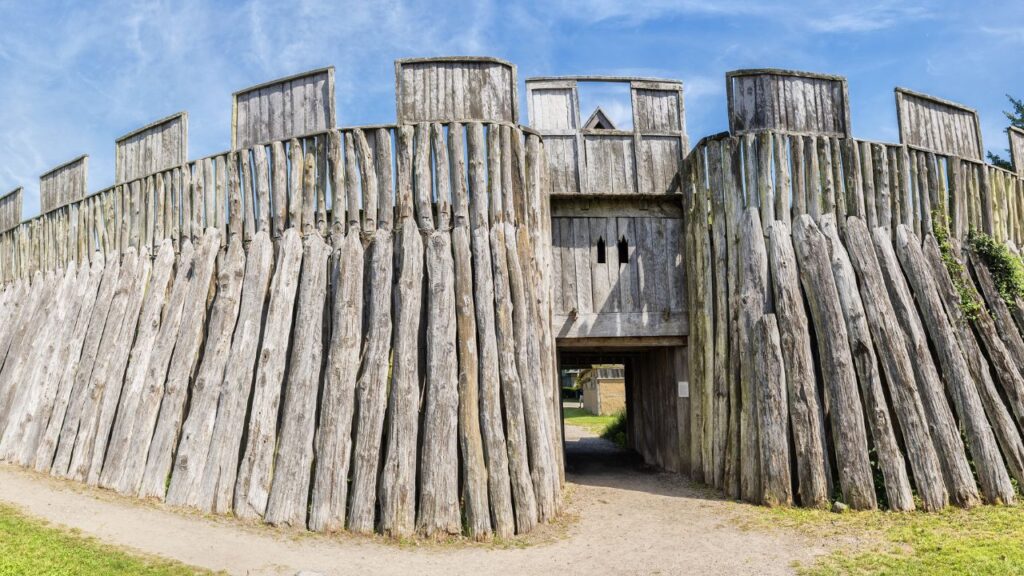
Leif Erikson’s voyage to Newfoundland is legendary, but it’s just one chapter in the Viking expansion story. Norse explorers pushed deep into Europe, the Arctic, and even Russia—establishing outposts, trade hubs, and full-fledged kingdoms. These 10 sites reveal how far the Vikings really went and how they adapted to new lands. Some spots you’ve likely never heard of, but each played a real role in Viking dominance.
Tasiilaq, Greenland
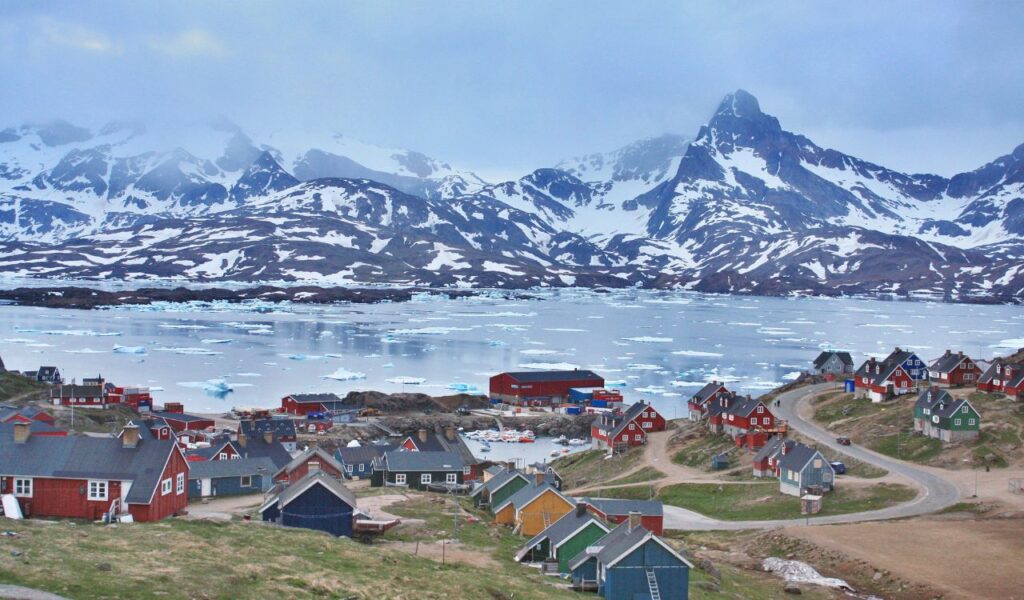
This eastern Greenlandic site was more than a remote camp. Vikings hunted, fished, and built turf houses here while connecting routes from Iceland to North America. Tasiilaq’s location made it ideal for restocking and staging longer voyages. Bone tools and Norse ruins suggest real settlement—not just passing visits—indicating that Greenland’s east coast held more Norse secrets than once thought.
Isle of Man, British Isles
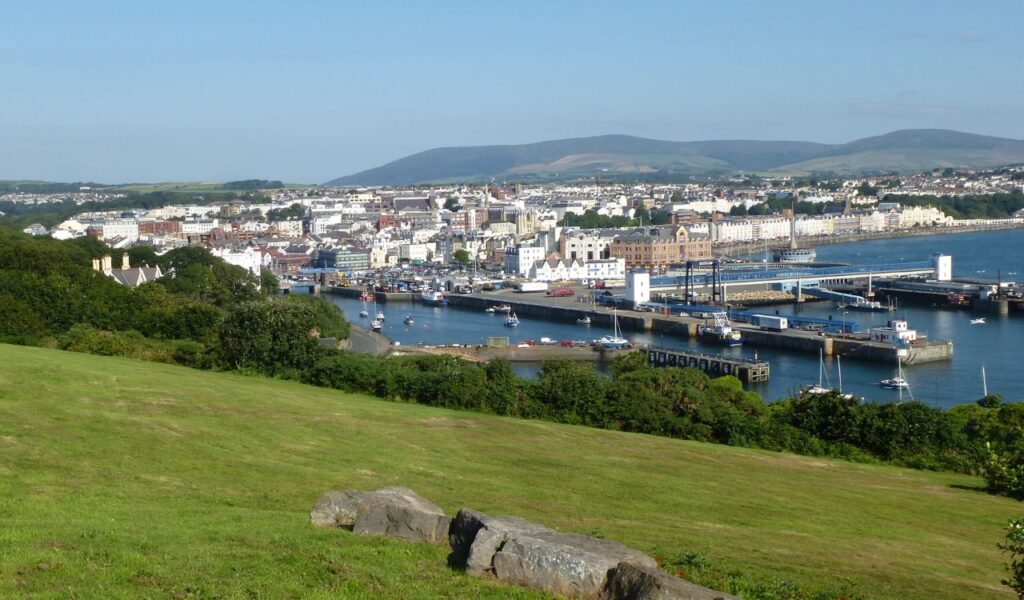
Small but powerful, the Isle of Man was a Viking military and political base. Norse leaders controlled it for centuries, minting their own coins and enforcing Norse law. Its location between Ireland and England gave them reach across the Irish Sea. Today, runestones and Norse burial sites still mark their influence. This wasn’t just a raiding stop—it was a Viking-run kingdom.
Hedeby, Germany
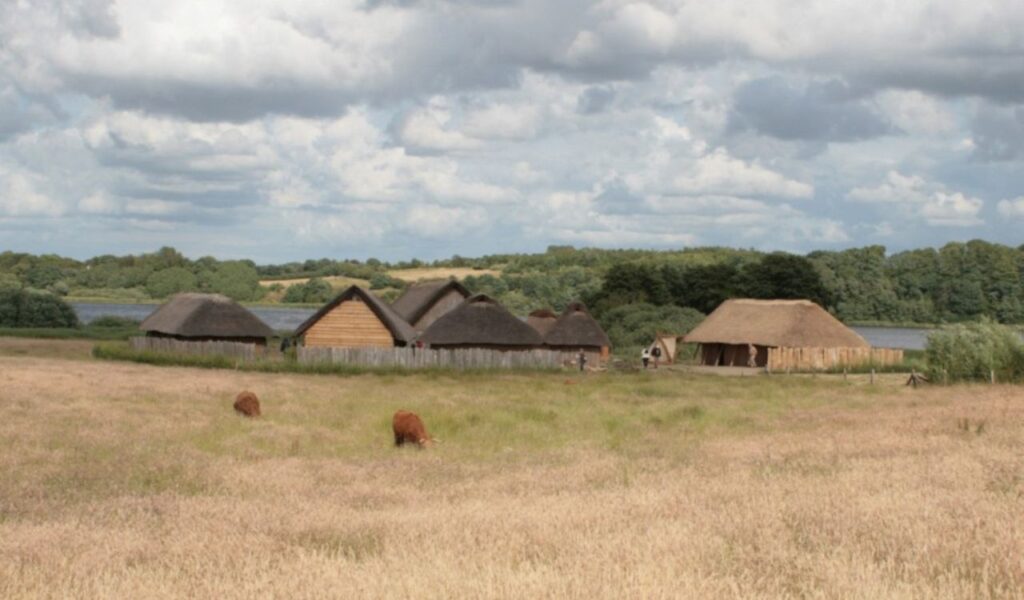
Hedeby sat near the base of the Jutland Peninsula and was one of the largest Viking trade cities. Surrounded by earthen ramparts, it had shipyards, markets, and workshops. Its inland position, linked by river to the sea, kept it safe from coastal attacks while allowing deep trade ties with Europe and Asia. Hedeby wasn’t a war camp—it was a Viking business empire.
LAnse aux Meadows and Beyond
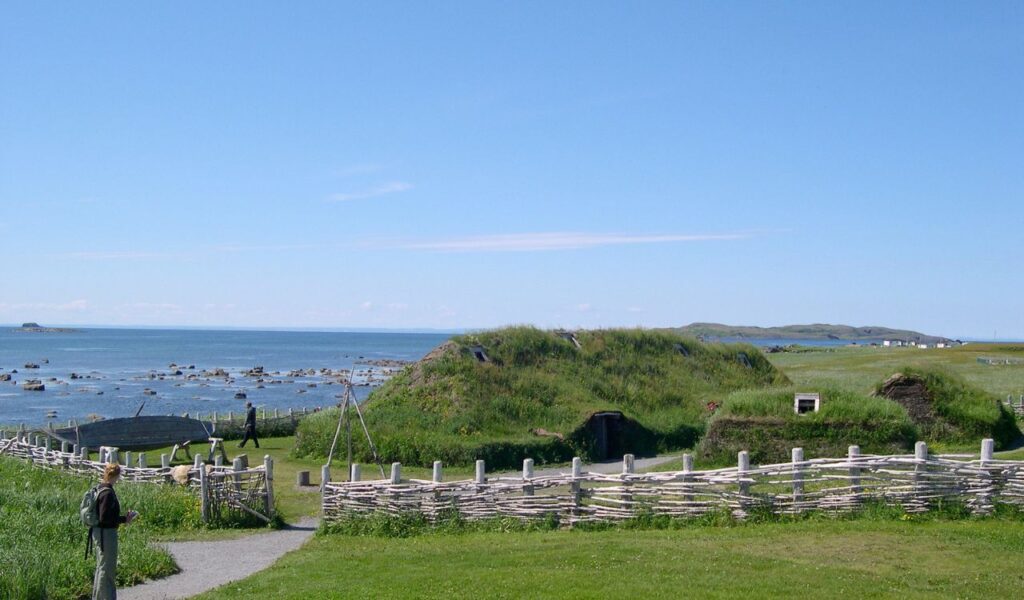
L’Anse aux Meadows is famous for its Norse houses, but newer research points to more inland activity. Signs of carpentry, iron smelting, and boat repair suggest they aimed to stay. Other areas in Newfoundland show potential Norse movement deeper into the land, hinting this wasn’t a one-off trip—it may have been the start of a larger, unfinished colonization effort.
Dublin, Ireland
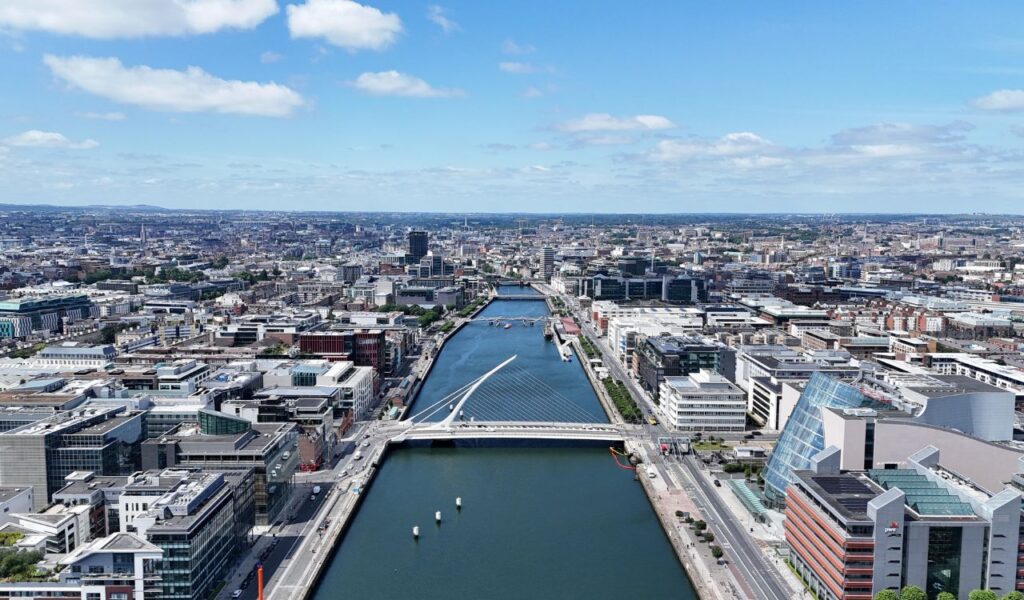
Dublin wasn’t just raided it was ruled. Vikings turned this Irish settlement into a thriving city-state, complete with shipyards, fortifications, and markets. They minted coins, traded slaves, and ran a power center that lasted nearly 300 years. Today’s Dublin still bears Norse fingerprints in its street names and layout. It’s one of the strongest examples of long-term Viking urban rule.
Novgorod, Russia Holmgard
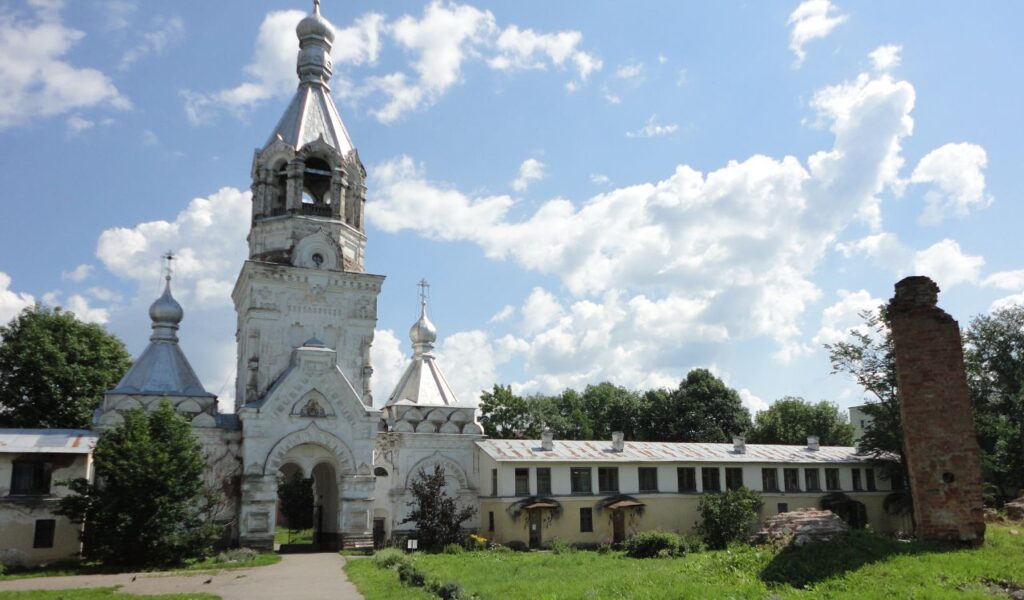
The Vikings reached Russia not by sea, but by river. Known as the Varangians, they founded Novgorod—then called Holmgard—and created a major trade and military center. They navigated deep inland via waterways, linking the Baltic to Byzantium. From here, the Norse helped shape what would become the Russian state, blending cultures and establishing fortresses that lasted centuries.
Orkney Islands, Scotland
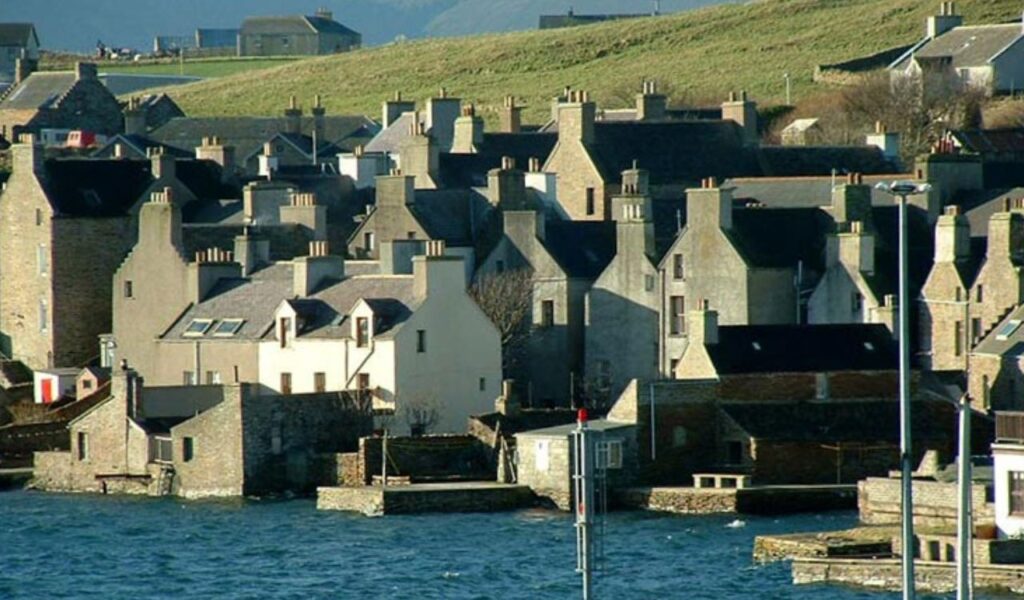
The Orkney Islands became a Viking earldom and remained under Norse control for hundreds of years. Settlers built longhouses, farms, and even cathedrals. Its windswept terrain made it ideal for seafaring raids and trade. Orkney was more than a stopover—it was a full-fledged Norse province, governed from Scandinavia and used to control movement between the Atlantic and North Sea.
Kiev, Ukraine
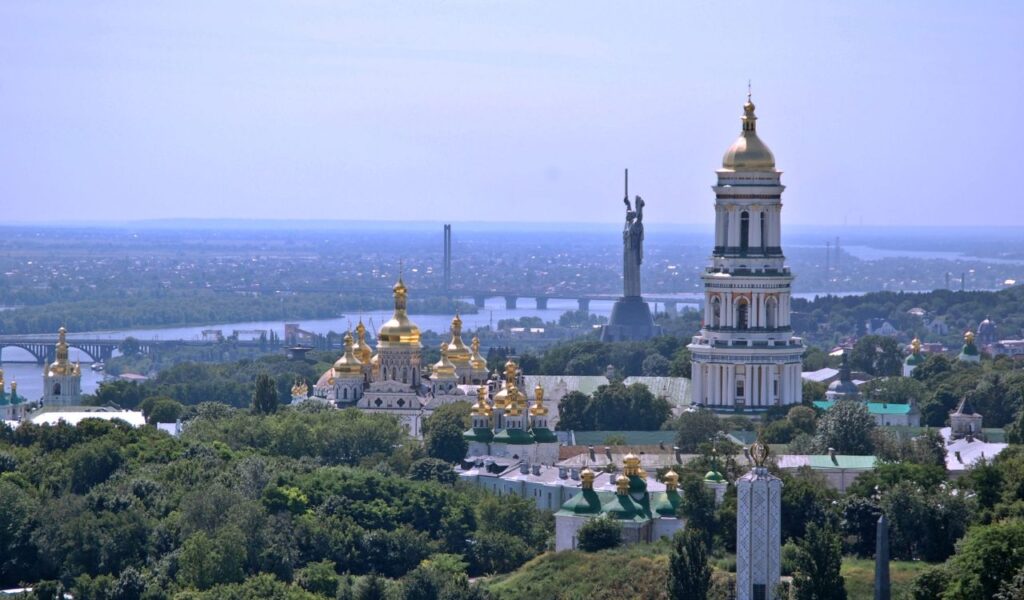
The Kievan Rus state was forged by Norse adventurers blending with Slavic tribes. Vikings founded Kiev and ruled over rich river networks perfect for trade. Fortified hills and burial mounds show how deeply they rooted themselves in the region. This wasn’t a short-term conquest—it was a political and economic center that helped shape Eastern Europe’s future.
Faroe Islands, North Atlantic
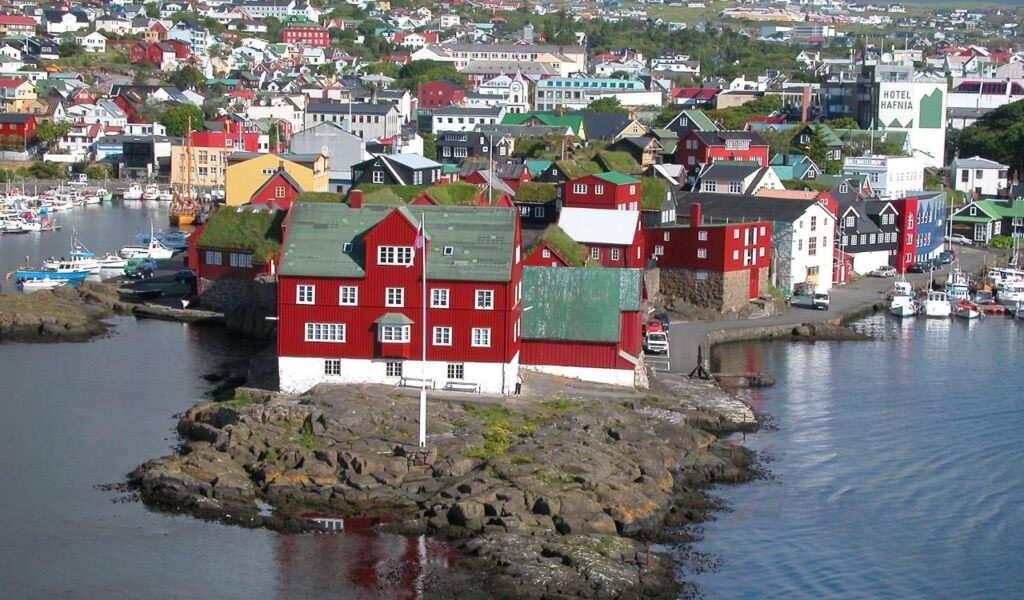
Halfway between Norway and Iceland, the Faroes became a key Viking way station. Settlers built turf houses, raised sheep, and created their own assemblies, known as “things.” Isolated but vital, the islands offered shelter during storms and served as a jumping-off point for voyages to Iceland and Greenland. Their Norse roots still echo in Faroese language and culture today.
Nantes, France
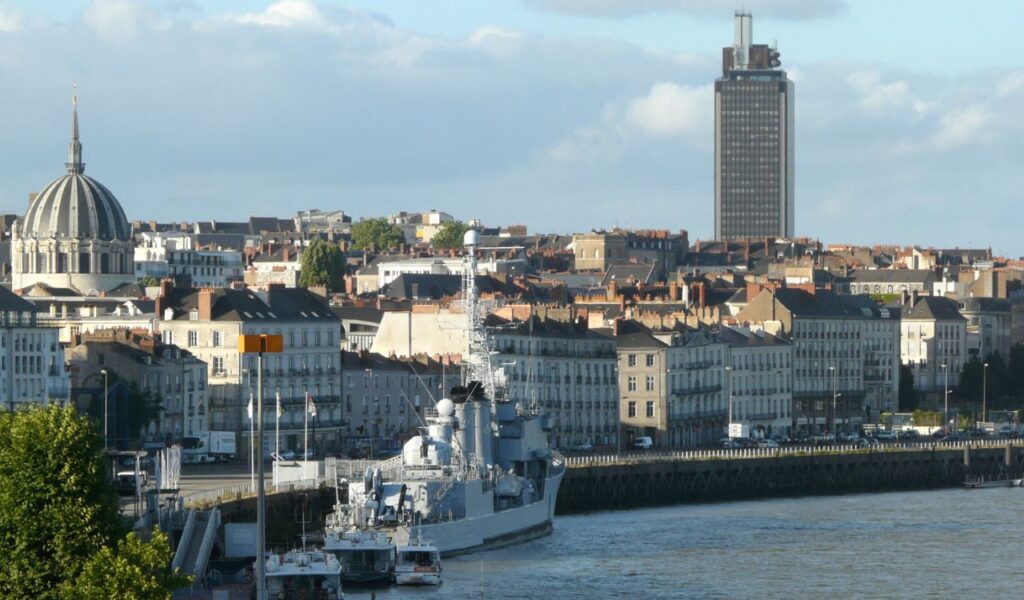
Before Normandy was Viking land, they tested the waters with raids on cities like Nantes. Located on the Loire River, Nantes fell to Viking attacks in the 9th century. They used the river as a highway inland and built temporary camps that challenged Frankish rulers. Though they didn’t hold it long, their presence disrupted trade and politics—and paved the way for future Viking duchies.